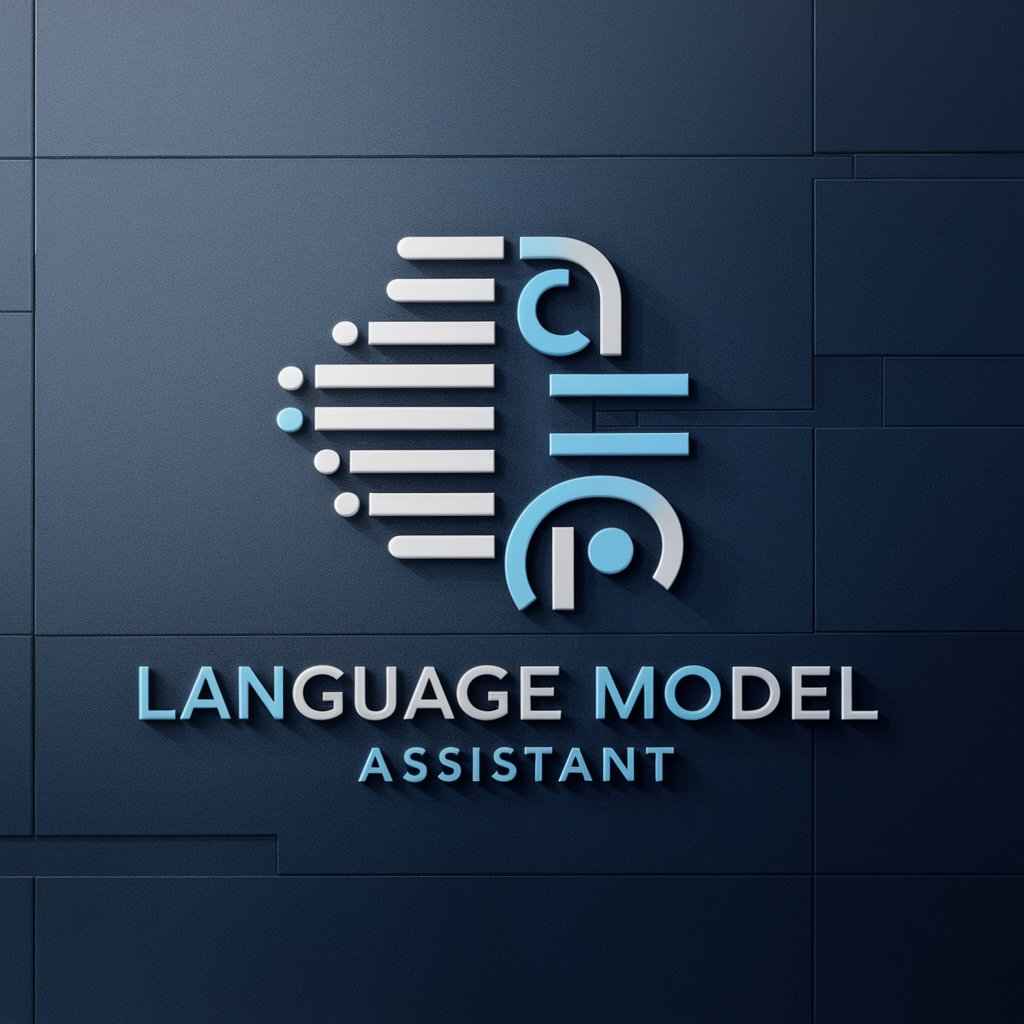
Alpaca Dataset-structured AI dataset generation tool
AI-Powered Dataset Builder for Q&A and Prompts

Generates JSON formatted Alpaca datasets based on a requested topic.
Generate a 15 entry dataset about bananas.
Generate a 5 entry dataset about SpaceX
Generate a 15 entry dataset about Pokemon.
Generate a 10 entry dataset about OpenAI's history
Get Embed Code
Introduction to the Alpaca Dataset
The Alpaca Dataset isAlpaca Dataset Overview a structured collection of instruction-following examples created to train and evaluate instruction-tuned language models. Developed originally by Stanford CRFM, it was inspired by OpenAI's text-davinci-003's capabilities. The primary goal of the Alpaca Dataset is to serve as a lightweight, open-source alternative to proprietary instruction-tuned datasets, enabling researchers and developers to train smaller yet capable models in an accessible and transparent way. Alpaca's structure includes a series of 'instruction', 'input', and 'output' triplets designed to mimic real-world human-AI interactions. For example, a triplet might include an instruction like 'Summarize the following article', an input with a news paragraph, and an output with a concise summary. This format aligns closely with the behavior of powerful instruction-tuned models, offering a simplified yet effective dataset for model fine-tuning, evaluation, and benchmarking.
Core Functions and Real-World Applications of the Alpaca Dataset
Instruction Tuning for Language Models
Example
Using AlpAlpaca Dataset Overviewaca's formatted triplets to fine-tune a LLaMA model to follow human instructions.
Scenario
A research lab wants to create a domain-specific assistant for legal document analysis. By tuning their LLaMA-based model with Alpaca plus custom legal instructions, they enhance the model’s ability to follow detailed legal queries effectively.
Benchmarking Instruction-Following Capabilities
Example
Comparing a newly trained language model’s responses to Alpaca-style prompts against a baseline model.
Scenario
A startup develops a new transformer architecture and uses Alpaca-style prompts to test whether their model produces coherent, instruction-aligned outputs across various domains like healthcare and education.
Dataset Generation Templates for Synthetic Data Creation
Example
Using Alpaca as a template to generate new instruction-following datasets in other languages.
Scenario
An NLP team wants to train a Bengali-language assistant. They use the Alpaca format to create Bengali instruction-input-output triplets, enabling localized instruction tuning for regional users.
Target Users of the Alpaca Dataset
AI and NLP Researchers
Researchers interested in understanding and improving instruction-following capabilities in language models can use the Alpaca Dataset to train, test, and evaluate new architectures or fine-tuning strategies. Its openness and simplicity make it ideal for prototyping and benchmarking without requiring access to large proprietary datasets.
Independent Developers and Open-Source Communities
Alpaca is highly beneficial for developers working on open-source LLMs or creating fine-tuned applications for education, customer service, or chatbots. Its CC license and accessible structure make it easy for developers to create lightweight, cost-effective models for niche or under-resourced domains.
How to Use Alpaca Dataset
Try other advanced and practical GPTs
ESTADISTICA
AI-powered problem solver for statistics and probability

LifeScribe: Your GhostWriter GPT Pro
AI-powered writing partner for every story.

PDF translator (Academic Version)
AI-Powered Translation for Academic PDFs

ミッドジャーニー リアルプロンプター NEO
Generate highly detailed AI prompts for photorealism.

AI Music Prompt Generator
AI-powered songwriting, from vibe to verse.

Educational Worksheet Wizard
AI-powered tool for custom worksheets

PGC-GPT( Plan General Contable)
AI-powered guide to Spanish accounting rules

角色注入提示词
AI-powered role-based prompt builder for any task

ESL/EFL Lesson Planner
AI-powered lesson planning for language teachers.

R and R Studio
AI-powered R coding and analytics

Create realistics picture
AI-crafted, photorealistic visuals in seconds.

Text-to-Speech Optimierer
AI-powered clarity for spoken text

- Academic Writing
- Prompt Engineering
- Dataset Training
- Chatbot Testing
- NLP Research
Alpaca Dataset Q&AAlpaca Dataset Guide
What is the Alpaca Dataset tool?
The Alpaca Dataset tool is an AI-powered utility designed to generate structured JSON datasets based on user-defined prompts. It is ideal for tasks like machine learning training, chatbot fine-tuning, and question-answer dataset creation.
Can I use the Alpaca Dataset without a ChatGPT Plus subscription?
Yes, you can access and use the Alpaca Dataset tool for free at aichatonline.org without logging in or needing a ChatGPT Plus subscription.
What types of data can I generate with Alpaca Dataset?
You can create structured Q&A pairs, conversational datasets, classification samples, and instructional prompts in JSON format, suitable for academic, commercial, and research applications.
Are there any limitations on the number of entries I can generate?
While there is no strict cap, users are recommended to request datasets in reasonable batch sizes (e.g., 10–50 entries) for performance and quality. Very large requests might require segmentation.
How can I ensure the generated data is high quality?
Provide clear, specific, and non-redundant instructions. Avoid overly broad topics and define the expected output structure to guide the generation process effectively.





